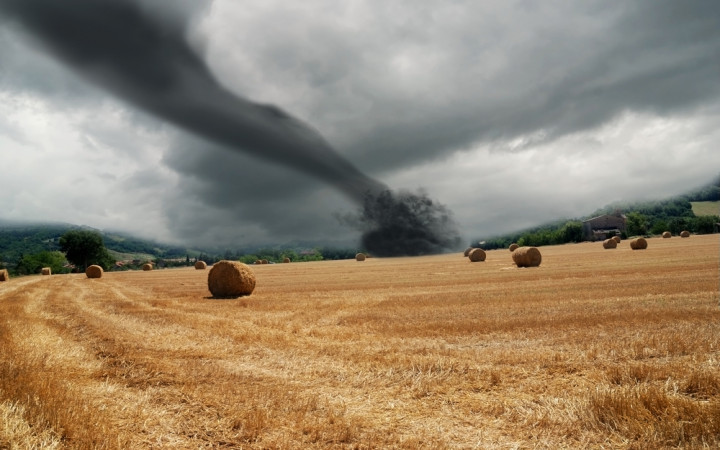Today’s Wonder of the Day was inspired by anna from excelsior, MN. anna Wonders, “why do people chase storms” Thanks for WONDERing with us, anna!
Does a loud crack of thunder send chills down your spine? What do you do when you see a flash of lightning? Hopefully, you head indoors where it's safe!
Would you believe that there are people that actually head toward a storm when they see one? And we're not talking about just any kind of storm. We're talking about some of the most dangerous storms there are: tornadoes and hurricanes!
These people are called storm chasers. Why do they chase storms? Is it just for the thrill of the chase? Or is there another reason for what they do?
While we're sure that chasing a storm can definitely be a thrilling adventure, storm chasers do what they do to learn more about the most dangerous types of storms. Getting close to a storm — even in its direct path — can allow storm chasers to observe storms up-close and record data that they can't get any other way.
Storm chasers are usually scientists who study weather and seek to learn more about these storms, so they can understand how they work. Tornadoes and hurricanes can be so deadly because, especially in the case of tornadoes, they often occur with very little warning.
The more storm chasers understand about storms, the more they can work on developing ways to predict when storms will appear and how they will behave. This information will hopefully one day allow weather forecasters to provide people with earlier, more accurate warnings, so that people can evacuate areas where bad storms are expected.
Storm chasing isn't always as exciting as it sounds. It can involve hours and hours of driving, just looking and waiting for storms to develop. Many different circumstances have to occur to allow storm chasers to find a developing storm and get into its path.
Once in the path of the storm, storm chasers place scientific equipment that they hope will be picked up by the tornado. Then they retreat as quickly as possible to a safe place. If the storm picks up the equipment, the scientists can use the data it records to better understand what happens inside these dangerous storms.
Some storm chasers have even developed special vehicles that they believe can withstand the strength of a tornado. For example, the Tornado Intercept Vehicle 2 (TIV2) weighs about 8 tons and has other special features that would make it hard — but not impossible! — for a tornado to lift it off the ground.
From time to time, storm chasers are not always able to get to a safe place quickly enough. Some storm chasers have been injured and even killed in this risky line of work. That's why only professional weather experts should ever attempt to chase storms. It's not a situation amateurs should ever try!




